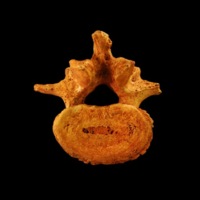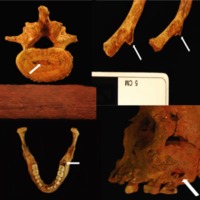Bioarchaeology of Old Athens Cemetery
In 2015, construction of an addition to Baldwin Hall led to the inadvertent discovery of human remains. Archaeologists spent months carefully excavating these graves so that the individual remains could be reburied in an undisturbed place. Since November 2015, the University of Georgia Department of Anthropology faculty and students have assisted with these efforts. From these formerly unknown, unmarked graves, we have been able to carry forward the memory of these individuals by uncovering and understanding otherwise invisible aspects of their lives.
The analyses described in this website are focused on aspects of past lived experiences, and were carried out by students in Human Osteology (ANTH 4730L/6730L). Photographs and archaeological sketches are included for educational and scientific purposes, in the interest of sharing our University research with our non-University community.
The human skeleton is a highly sensitive indicator of lived experiences, providing records of growth and development and insight into diet, nutrition, disease, and activity patterns.Exhibits in this website thus focuses on the following three topics: (1) Diet and nutrition, (2) Disease and infection, and (3) Activity patterns. Click a link below to learn more about each of these topics as they relate to the lived experience of enslaved people in Athens, Georgia.



